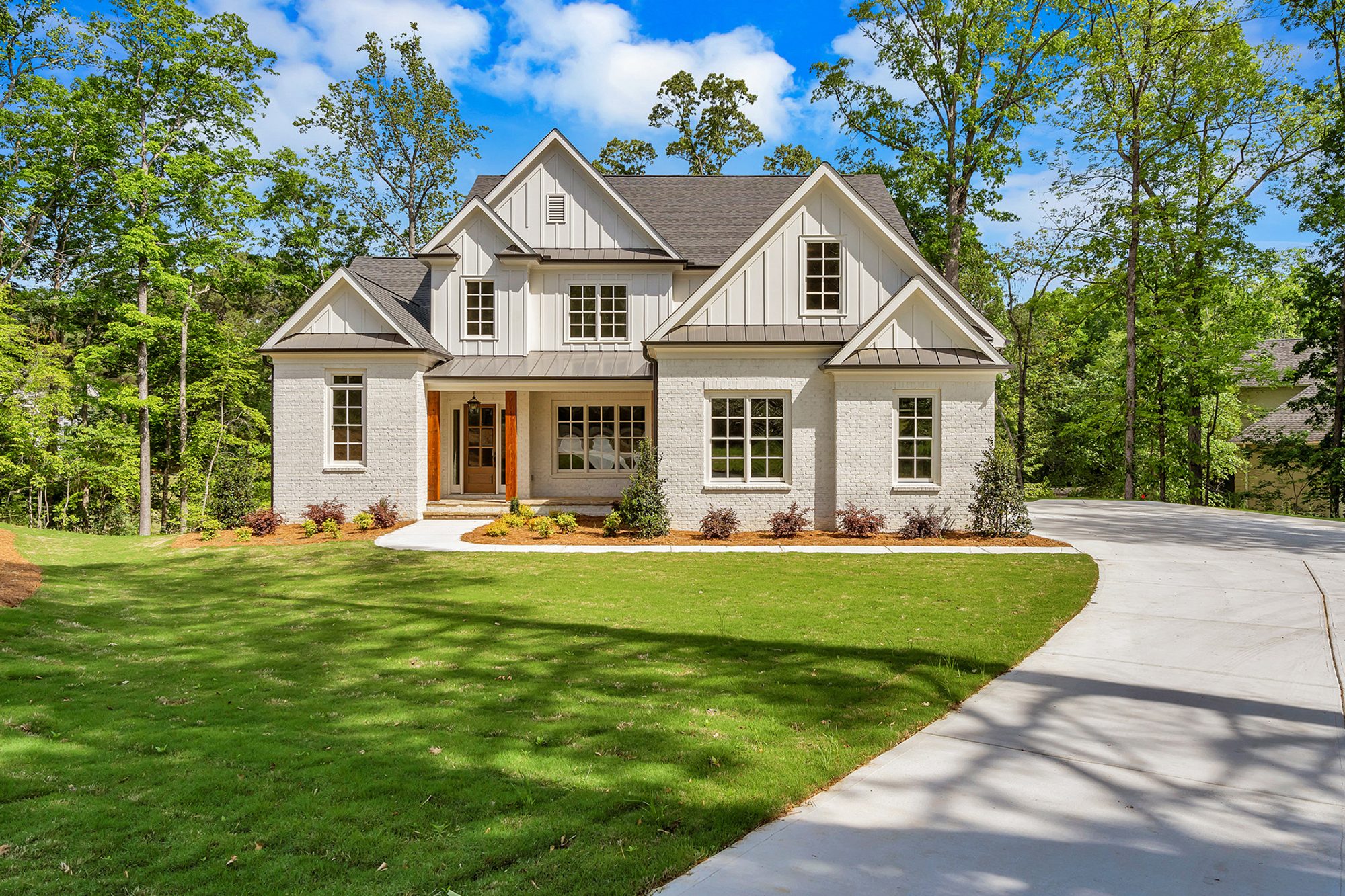How Much Does It Cost to Paint Brick
Transforming the appearance of brick surfaces can be a captivating endeavor, and painting is a powerful tool to achieve that desired change. However, before embarking on a painting project, it’s essential to understand the cost implications involved. How much does it really cost to paint brick? This question looms large for those seeking to update the look of their brick surfaces. In this comprehensive guide, we will explore the factors that influence the cost of painting brick, empowering you with the knowledge needed to plan your budget effectively.
From evaluating the surface size and condition to selecting the right paint and primer, we’ll delve into the key considerations that impact the overall expense. Labor costs, materials and equipment, and additional services such as power washing and repairs will also be examined in detail. By understanding these factors, you’ll gain insights into the potential costs involved in your painting project and make informed decisions.
Get the Fail-Safe Paint Color Playbook (Free PDF)
36 proven colors • 8 ready palettes • trim & sheen guide • printable testing cards.
Whether you choose to hire professionals or embark on a do-it-yourself journey, this guide will provide you with valuable information and practical tips to ensure a successful and budget-friendly painting experience. So, let’s unravel the mysteries of painting brick surfaces and discover the cost dynamics that lie within. Get ready to unleash your creativity and transform your brick surfaces into stunning canvases of personal expression.

Factors Affecting the Cost of Painting Brick
To accurately estimate the cost of painting brick, it’s crucial to consider the key factors that play a significant role in the pricing. Let’s delve into these factors and understand their impact on the overall cost.
Evaluating the Surface: Size, Condition, and Complexity
The size of the brick surface to be painted is an important consideration in determining the cost. Larger surfaces require more paint and additional labor, leading to higher expenses. Additionally, the condition of the brick surface plays a crucial role. If extensive repairs or surface preparation is needed, it can significantly impact the cost. The complexity of the brickwork, including architectural details and intricate patterns, can also influence the pricing.
Types of Paint and Primer: Quality and Cost Considerations
The type and quality of paint and primer chosen for the project can affect both the cost and the final result. High-quality paints are often more expensive but offer better coverage and durability, ensuring long-lasting results. The selection of the appropriate primer is equally important, as it provides a smooth base for the paint and enhances adhesion.
Labor Costs: Hiring Professionals vs. DIY
One of the significant considerations is whether to hire professional painters or undertake the painting project as a DIY endeavor. Labor costs can vary depending on the region, the complexity of the project, and the experience of the painters. While hiring professionals ensures expertise and saves time, it comes with an additional cost. On the other hand, DIY painting can be more budget-friendly, but it requires time, effort, and skill.
Get the Fail-Safe Paint Color Playbook (Free PDF)
36 proven colors • 8 ready palettes • trim & sheen guide • printable testing cards.
Materials and Equipment: Calculating the Necessary Supplies
To paint brick surfaces effectively, certain materials and equipment are required. Brushes, rollers, drop cloths, and paint trays are some of the basic supplies needed for the job. The quality and quantity of these materials can influence the cost. Additionally, if specialized equipment or scaffolding is necessary for hard-to-reach areas, it may add to the expenses.
Additional Services: Power Washing, Repairs, and Sealants
Before painting brick, certain additional services may be required. Power washing the brick surface ensures a clean and suitable base for painting. If there are any damaged or deteriorated areas, masonry repairs may be necessary. Applying sealants after painting can enhance the durability and longevity of the paint, but it also adds to the cost.
Gathering Quotes: Obtaining Accurate Estimates
To get an accurate estimate of the cost of painting brick, it’s advisable to gather quotes from professional painters. By providing them with the necessary details of your project, such as surface size, condition, and desired outcome, you can receive detailed estimates tailored to your specific requirements. Obtaining multiple quotes allows you to compare prices and choose the option that best fits your budget and expectations.
Conclusion
Painting brick surfaces can breathe new life into your space, but it’s essential to consider the various factors that contribute to the cost. By evaluating the surface size, condition, and complexity, choosing the right paint and primer, considering labor costs, materials, and additional services, and gathering accurate quotes, you can estimate the expenses involved. Whether you decide to hire professionals or embark on a DIY project, understanding these factors will help you plan your budget effectively and achieve the desired results. With careful consideration and thorough preparation, you can transform your brick surfaces with a fresh coat of paint without breaking the bank.
In the next sections, we will explore each factor in more detail, providing you with valuable insights and practical tips to navigate the cost considerations of painting brick surfaces.
